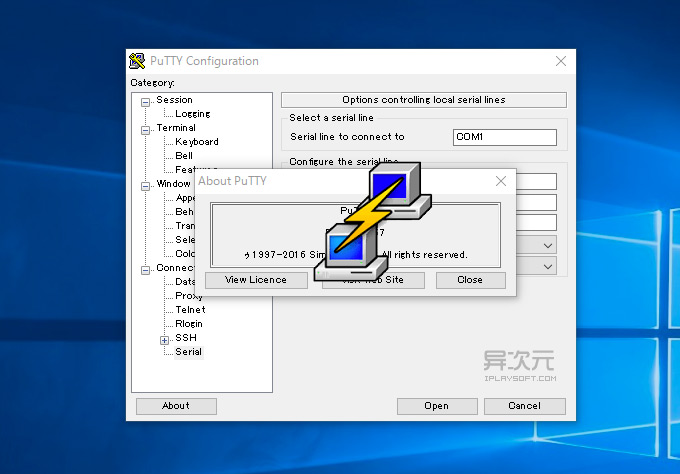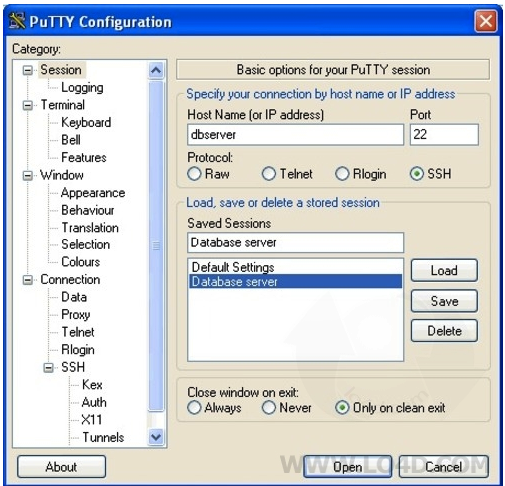

A detailed description can be found here. Open the Windows Explorer (right-click on the Windows logo in the bottom left corner), navigate to the Downloads directory (or wherever you saved the installer), and double-click on the file name. On older versions of Windows, you may need to run the installer manually. On Windows 10, the Edge browser offers to run the installer when the download is complete. If you don't know or don't care, it is always safe to use the 32-bit version ( putty-installer.msi).

Many high-end computers sold several years before that.

Almost any computer bought after 2015 has a 64-bit processor, except for the very cheapest ones. If you have a 64-bit computer, it is recommended that you install the 64-bit version putty-64bit-installer.msi. If you want to send commands or control a device remotely with the terminal, do not hesitate to download PuTTY here.Contents Download installation package Starting the installer Configuring and installing Running PuTTY How to get a server Other SSH clients How-tos Download installation packageįirst you need to obtain a copy of the installation package (e.g., putty-installer.msi). This leads to alternative programs based on its code, such as KiTTY, which add additional features. PuTTY is completely free and open-source. This means that, after opening the program, you will be able to log in directly to the device you want to control. To ease the remote control of other devices, PuTTY lets you save the data of the devices to which you connect and add a name to them. If everything works correctly, you will be able to execute commands on that device. To access it, all you need is an IP address, port, username, and password. Via PuTTY, you can remotely run a terminal and execute commands on another device. With it, you can remotely control a device with Linux OS in your local network or in any another, as long as you have the access credentials and the device supports remote command execution.

PuTTY is the most widely used Telnet and SSH client in the world.


 0 kommentar(er)
0 kommentar(er)
